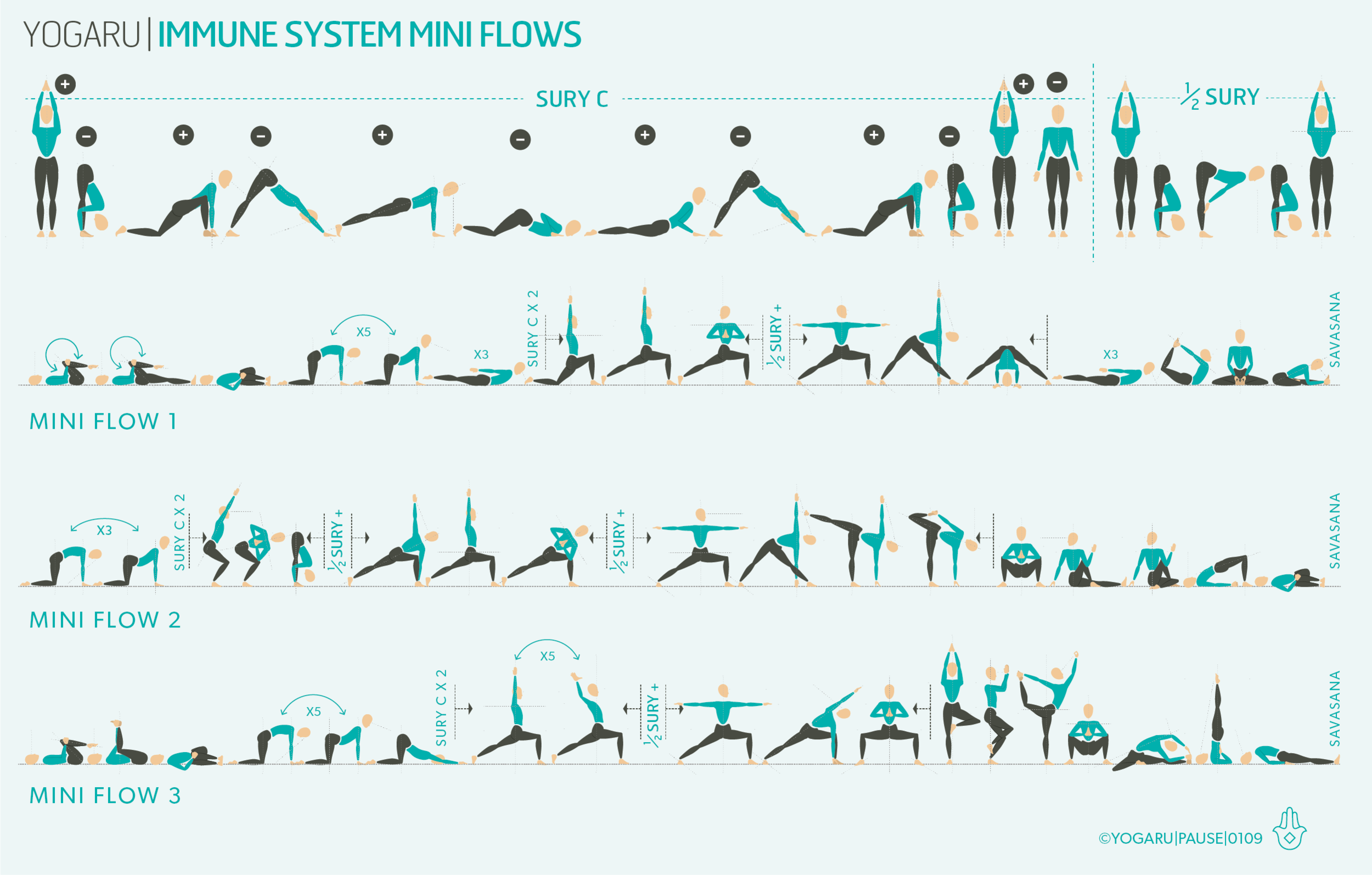YOUR ULTIMATE COMFORT BLANKET
Home is our safe haven. It is somewhere where we feel a soothing familiarity the minute we walk through the door. A home practice taps into this safe, supportive space and the comfort of knowing it is at arm's length whenever you need it. Your home practice will give you a method to deal with emotions and help you navigate life's ups and downs. We are currently going through very challenging times where our emotions are changing by the day. Our emotions are part of life, there is no benefit to being afraid of fear or stressed about stress. Sitting with them and identifying them - I feel anxious, I am afraid, I worry about uncertainty, I am stressed - helps you process them instead of letting them build up and intensify. Having a safe space, where you have no expectations of yourself, or of what will come up during your time on the mat, is essential to see you through this difficult period of time. Cultivating a safe space at home and building a calm environment will not only benefit you, it will also benefit worried kids, family or whoever you may be sharing a space with.
Going to classes and life as we know it is interrupted for the time being. You may not have an established daily yoga practice but getting onto your mat every day and letting your practice support you through this period of time will benefit you physically and mentally. Be kind to yourself and ask yourself ‘how do I feel today?’ each time you step on your mat. You may not feel like a strong practice everyday, and this is completely normal. You may feel energetic one day, tired and frustrated the next. Be led by this and tailor your energy levels to what turns up for you. A lovely benefit of a regular practice is that you will start to notice the minute you roll your mat out you will feel your anxiety start to dissipate as your body and mind recognises the calming effect of yoga.
EXPLORING YOUR SUPPORTIVE SPACE IN YOUR PRACTICE
This sequence is a hip opener sequence. Hip openers are known for having a feel good factor. They release physical and emotional tension, relieve stress and anxiety, aid digestion, and enable freer mobility to everyday life. Which is why you feel a lovely freedom of movement along with a sense of calm after incorporating some hip openers into your practice. When you encounter a stretching sensation keep some integrity to the containment of this stretch and try not to get carried away with going to the end range of motion. Muscles will over stretch and eventually mend, but ligaments will over stretch and lose their ability to support the joint. Your hips will thank you in the long run. Drop self judgement and practice from the inside rather than looking for external shapes and progress. It's just you and your mat.
ALIGNMENT CUES
Explore your whole mat and make the four corners of your mat your safe space during these extended periods at home. Feel the support of the surface beneath you and the connection between the soles of your feet and the grip of your mat. Below is the peak pose of the sequence Eka Pada Rajakapotasana/One Legged King Pigeon which is a deep hip opener. Take your time getting into the pose and as you explore the stretch remember to keep an element of muscle integrity to protect the important connective tissues of the joints.
From Adho Mukha Svanasana, place your right foot behind your left hand and your right knee behind your right hand.
Right foot flexed, working towards your right shin being parallel to the top of the mat.
Place your hands either side of your hips, walk your left leg out behind you in line with your left hip as you lower your hips down.
Draw your left hip forward and your right hip back, let the weight of your upper body help to gently lower your hips down.
Stay here, or for a stronger stretch, exhale, fold forward, interlock your hands and place your head on your hands, gaze down.
Squeeze your outer hip muscles, your glute, to open the hip out.
Contract your muscles, draw your front knee back and your back knee forward. Lift your pelvic floor, draw navel to spine, hold for 6 seconds.
Exhale and release for 30 seconds.
When your head is spinning come back to your practice and let it support you physically and mentally. Sit if you are too overwhelmed to move or move and flow with your breath. Let go of attachment to when will it all be better and put your trust in this ancient movement discipline.
To save the images for personal use click and hold down the image until the ‘save image’ option appears; on Mac hold down ‘control’ and click the image to get the option box; on PC right click on the image to get the option box. Scroll down in the ‘option box’ and click ‘save image’.
Ruth Delahunty Yogaru




